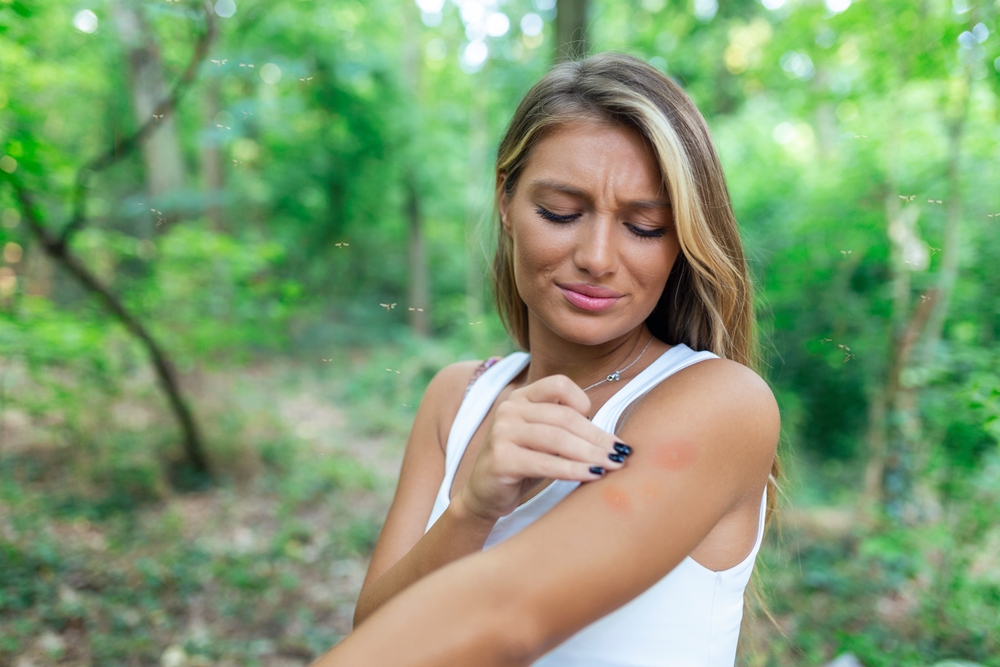Summer is here, bringing sunshine, barbecues, and, unfortunately, some pesky insects. While most bugs are harmless and simply an annoyance, there are a few that can really mess up your summer plans. Some may even pose a health risk if you’re not careful. So, as you pack your picnic basket and slap on sunscreen, be on the lookout for these critters that could put a damper on your sunny days.
1. Mosquitoes

Mosquitoes are the quintessential summer party crashers. They buzz around in swarms, leaving behind itchy welts, and worse, they can transmit diseases. According to Dr. Janet McAllister, an entomologist, mosquitoes are carriers of viruses like West Nile, Zika, and Dengue. It’s not just the itch; these bites can have serious consequences if you’re not careful. To keep them at bay, consider using repellents with DEET or installing screens on your windows.
Prevention is key when it comes to mosquitoes. Make sure to eliminate standing water around your home, as it serves as a breeding ground. Wearing long sleeves and pants during peak mosquito hours, usually dawn and dusk, can also help. You might want to consider citronella candles when you’re outside to act as a mild deterrent. Remember, these tiny insects are more than just a nuisance—they can have real health impacts.
2. Ticks
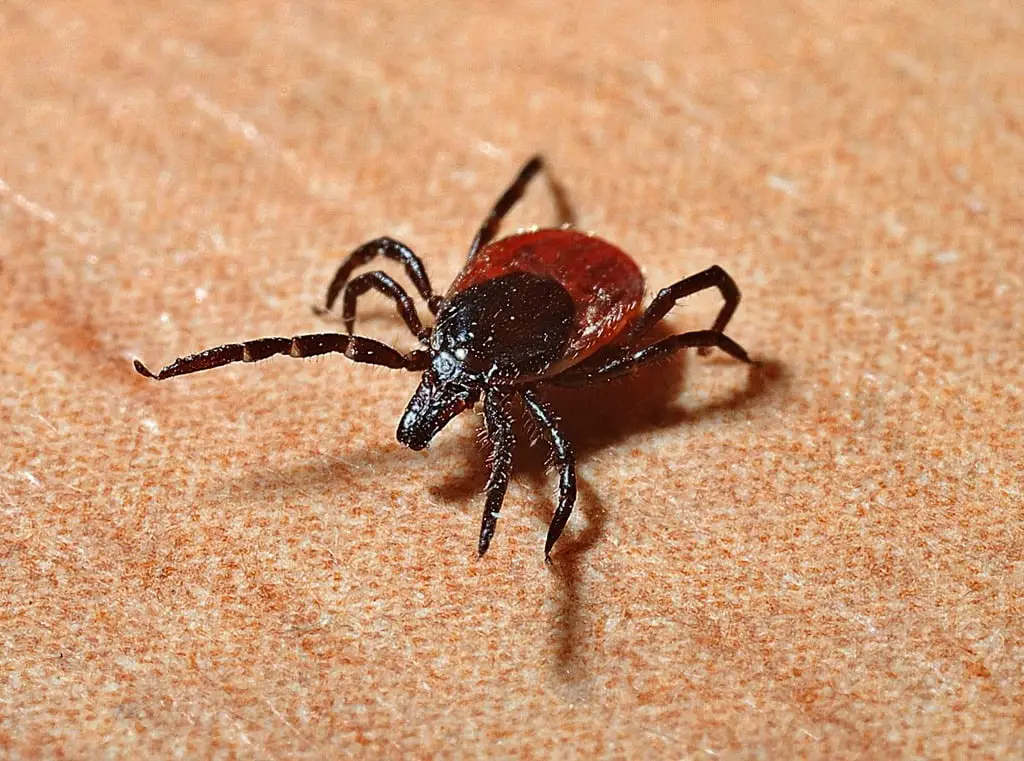
Ticks may not seem very intimidating, but they can be quite dangerous. These tiny arachnids are known for transmitting Lyme disease and other illnesses. They lurk in wooded areas and tall grass, waiting to hitch a ride on your skin or clothing. Once attached, ticks can be tricky to remove and may stay latched on for days if not caught in time.
To protect yourself, wear light-colored clothing so you can spot them easily. Tuck your pants into your socks when hiking to reduce skin exposure. Make a habit of doing a thorough tick check after spending time outdoors. If you find one, use fine-tipped tweezers to remove it carefully. The sooner you remove the tick, the lower your risk of contracting any disease.
3. Wasps
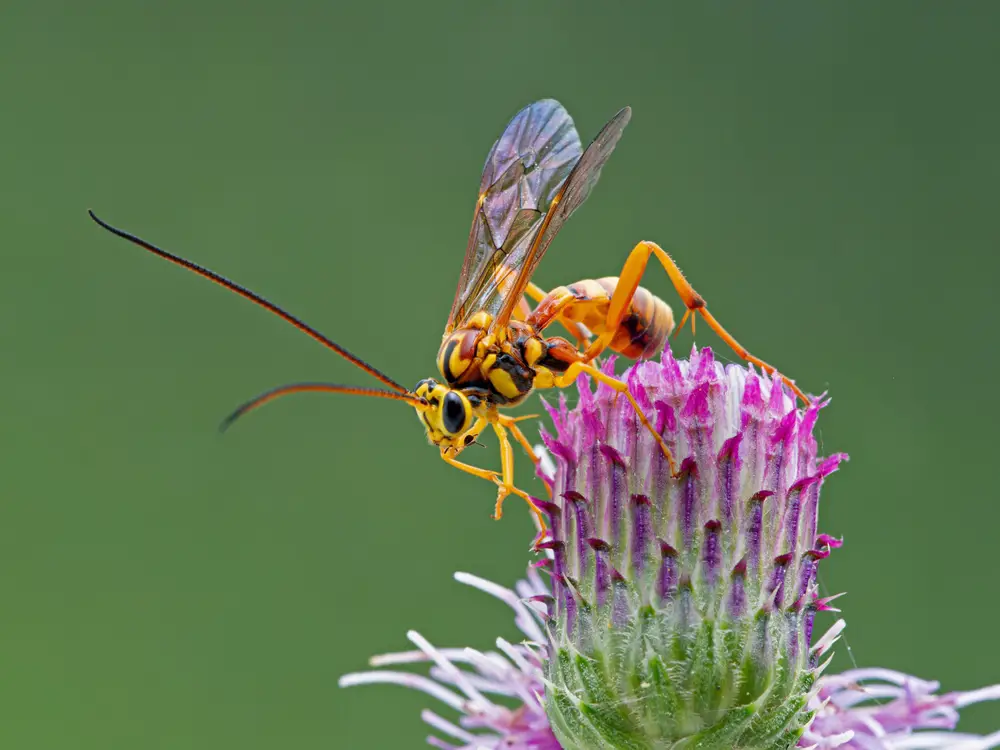
Wasps are the uninvited guests at every backyard barbecue. Unlike bees, wasps can sting multiple times and are often more aggressive. Dr. Justin Schmidt, an entomologist who was known for his work on insect stings, ranked wasps as moderately painful but notes their sting can be dangerous for those with allergies. Keeping food and sugary drinks covered can help deter them. If a wasp approaches, avoid swatting at it, as this can provoke an attack.
Their nests can pop up in eaves, trees, or even underground. If you find a nest, it’s best to call a professional for removal. Wasps are attracted to sweet scents, so consider avoiding heavily scented perfumes or lotions. If stung, wash the area with soap and water and apply ice to reduce swelling. Seek medical attention if you experience severe reactions like difficulty breathing.
4. Fire Ants
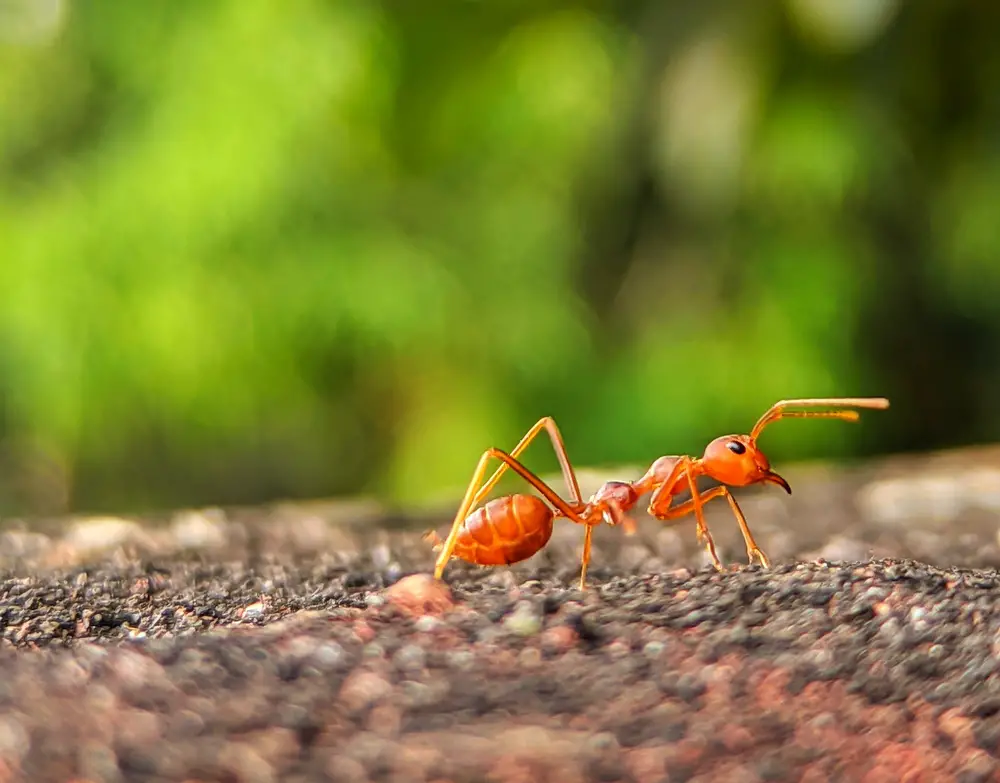
Fire ants are small but mighty when it comes to delivering a painful sting. These reddish-brown ants are aggressive and will swarm anyone who disturbs their nest. Their stings can result in painful, itchy pustules that last for days. Fire ants thrive in warm climates and are common in the southeastern United States.
To avoid an encounter, watch where you step, especially if you’re in an area known for fire ants. If you do get bitten, wash the area and apply a cold compress to relieve pain. Over-the-counter antihistamines can help with itching and swelling. In rare cases, people may experience allergic reactions, so be vigilant and seek immediate care if needed. Keeping your yard tidy and free of debris can also reduce their presence.
5. Horseflies

Horseflies are notorious for their painful bites and relentless pursuit. Unlike mosquitoes, horseflies can bite through clothing and are known to target both humans and animals. According to Dr. Andrew Spielman, a researcher in entomology, horseflies are attracted to movement and dark colors. They are most active during the day, particularly in warm and humid conditions. Their bites can cause welts and itching, but they don’t typically transmit diseases.
To protect yourself, wear light-colored clothing and avoid swatting at them, which can provoke further aggression. Using insect repellent can offer some protection, though results may vary. If bitten, clean the area with soap and water to prevent infection. Applying a cold compress can help reduce swelling and discomfort. Remember, these flies are persistent, so staying vigilant is your best defense.
6. Black Flies
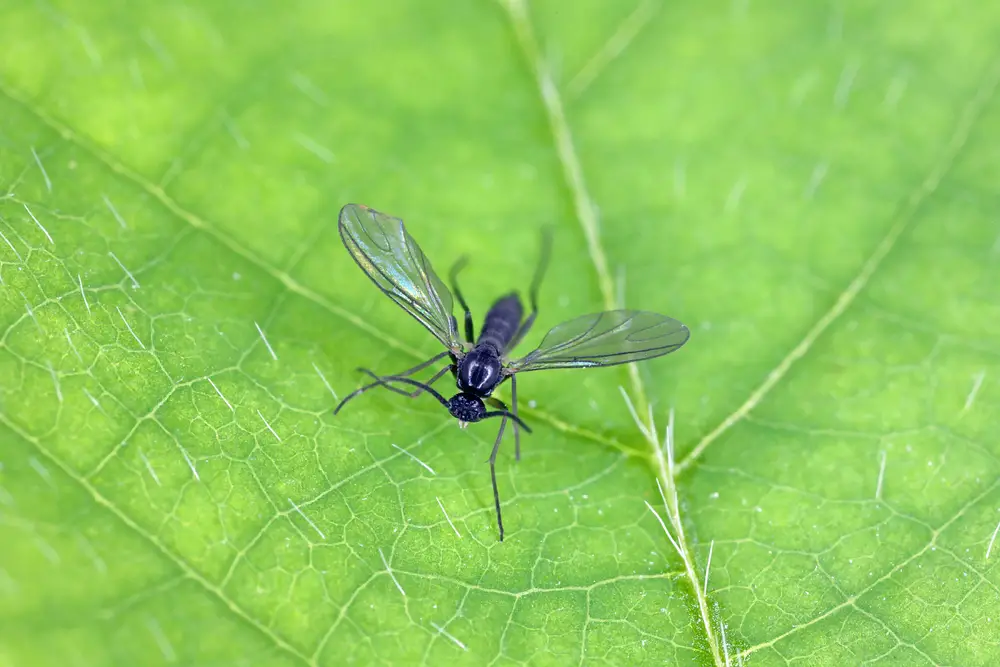
Black flies, also known as buffalo gnats, pack a punch despite their small size. They are notorious for their painful bites, which can cause swelling and itching. These flies tend to swarm in large numbers, particularly near rivers and streams. Their bites can sometimes lead to allergic reactions and secondary infections if scratched excessively.
To minimize encounters, avoid outdoor activities during peak times, such as early morning and late afternoon. Wearing protective clothing and using insect repellent can also help. If bitten, resist the urge to scratch and apply anti-itch cream as needed. Keep the area clean to prevent infection. Remember, these flies are small but relentless, so a little preparation can go a long way.
7. Bees
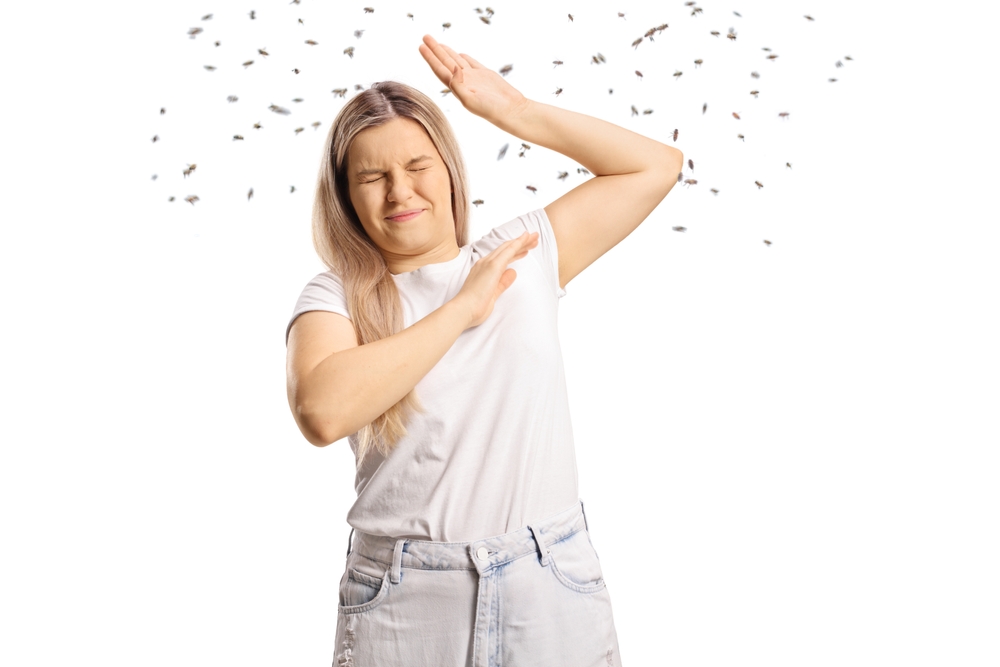
Bees are essential for pollination, but they can be dangerous for those with allergies. Most bees are non-aggressive if left alone, but they will sting in defense of their hive. According to entomologist Dr. David Goulson, bee populations are crucial for our ecosystem, but it’s still important to be cautious. If you’re stung and allergic, it can lead to severe reactions requiring immediate medical attention. When outside, be mindful of your surroundings and avoid wearing floral patterns that attract bees.
Bees tend to build their hives in trees, attics, or wall cavities. If you discover a hive, it’s best to call a professional beekeeper for safe removal. If stung, remove the stinger as quickly as possible using a scraping motion. Applying a cold compress can help with pain and swelling. Always carry an epinephrine injector if you’re severely allergic.
8. Yellowjackets
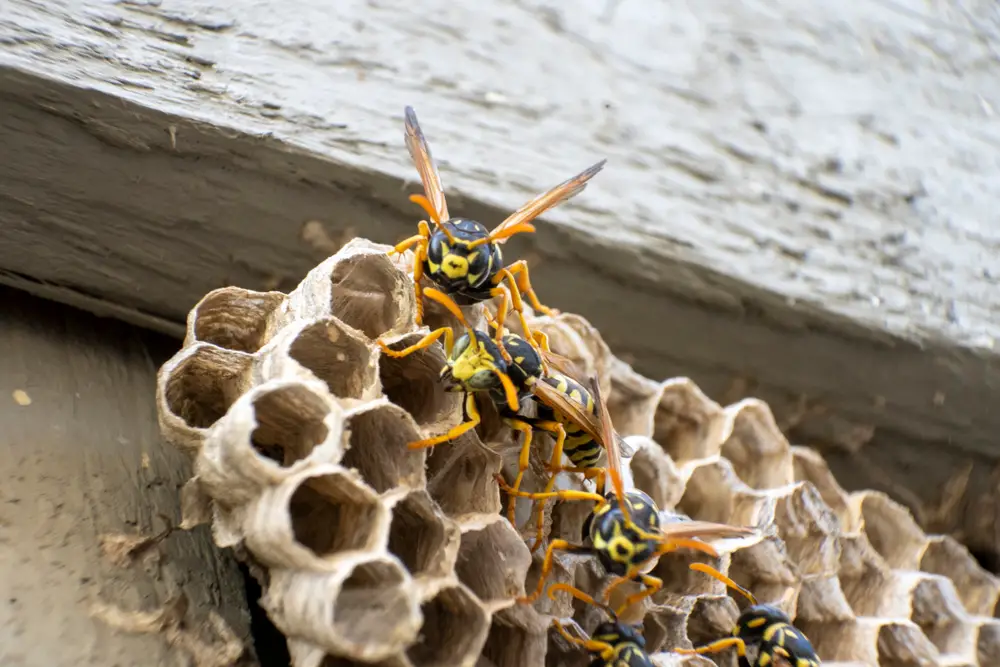
Yellowjackets are wasp look-alikes and are equally aggressive. These insects are attracted to food and sugary drinks, making picnics and outdoor gatherings their prime hunting grounds. Yellowjackets can sting multiple times, and their venom can cause painful reactions. For those with allergies, a sting can be particularly dangerous.
To reduce the chances of attracting yellowjackets, keep food covered and dispose of trash promptly. Avoid wearing bright colors and floral scents that may attract them. If you encounter a yellowjacket, remain calm and slowly back away—swatting can provoke an attack. Should you get stung, wash the area and apply ice to manage pain. Always seek medical attention if you experience severe reactions.
9. Fleas

Fleas are more than just a nuisance for your pets; they can bite humans as well. These tiny, agile insects are known for their itchy bites and can rapidly multiply in warm weather. Fleas can also transmit diseases like typhus and plague, though such cases are rare. They thrive in shaded, humid areas and are often brought into homes by pets.
To prevent fleas, regularly groom and treat your pets with veterinarian-approved products. Keeping your yard tidy by mowing and removing debris can also help. Vacuum frequently to catch any fleas or eggs that may have made it inside. If you’re bitten, apply anti-itch cream and monitor the area for signs of infection. Remember, dealing with fleas is easier with early intervention.
10. Chiggers
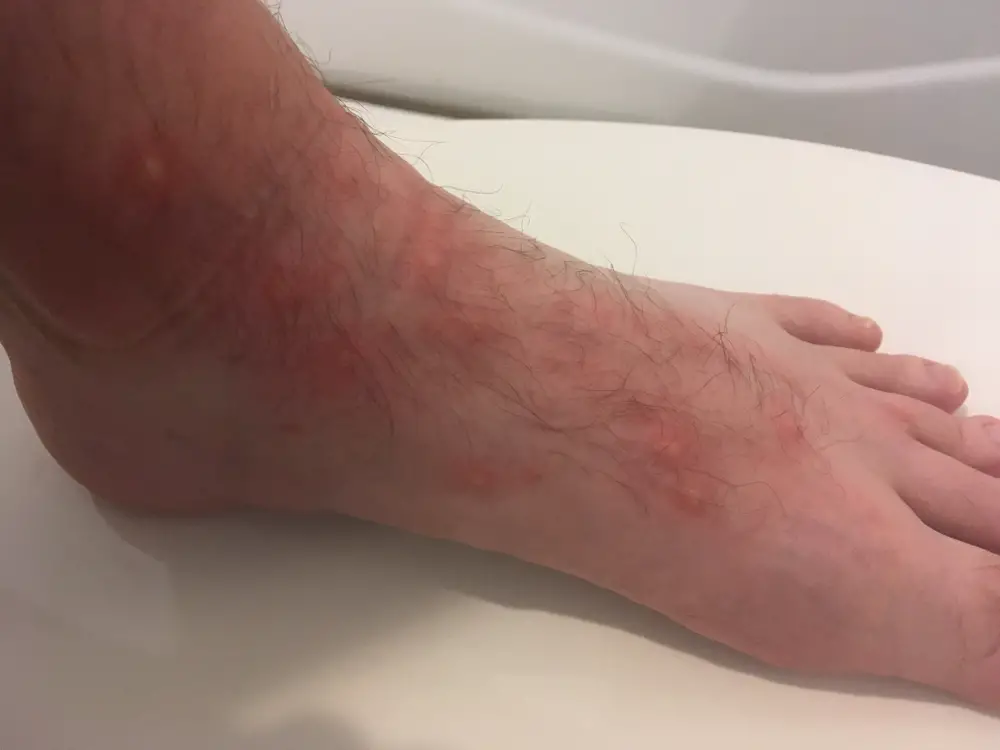
Chiggers, also known as harvest mites, are nearly invisible but leave behind a maddening itch. They tend to latch onto clothing and skin, often in areas like waistbands and sock lines. Chiggers don’t burrow into the skin, but their bites can cause intense itching that lasts for days. These mites are usually found in grassy areas and forests, particularly in the late spring and summer.
To protect yourself, wear long sleeves and pants when venturing into chigger-prone areas. Insect repellents containing DEET can provide some protection. After being outdoors, showering and washing your clothing can help remove any hitchhikers. If bitten, over-the-counter anti-itch creams can provide relief. Keeping lawns mowed and gardens trimmed can make your yard less inviting to them.
11. Bed Bugs

Bed bugs are infamous for disrupting sleep with their itchy bites. These tiny, flat insects hide in mattresses, bedding, and furniture, emerging at night to feed on human blood. While they don’t transmit diseases, their presence can lead to sleepless nights and stress. Bed bugs are excellent hitchhikers, easily transported via luggage or used furniture.
To prevent an infestation, inspect hotel rooms for signs of bed bugs and keep luggage off the floor. Vacuuming regularly and encasing mattresses in protective covers can help at home. If you suspect an infestation, consult a pest control professional immediately. Bites can be treated with anti-itch creams to relieve discomfort. Remember, prevention is key when it comes to keeping these pests away.
12. Cicadas

Cicadas are more of an auditory nuisance than a physical threat. These large insects emerge in cycles, some species appearing every 17 years, filling the air with their loud buzzing. While they’re harmless to humans and don’t bite or sting, their sheer numbers can be overwhelming. Cicadas can damage young trees by laying eggs in branches, which may concern gardeners.
To protect young trees, cover them with netting during cicada emergence. For those bothered by the noise, consider earplugs if it becomes too much to handle. Cicadas are a natural part of the ecosystem and provide food for many animals. If you find them in your garden, know they’ll soon move on. Remember, they might be loud, but they’re not here to stay.
13. Carpenter Ants
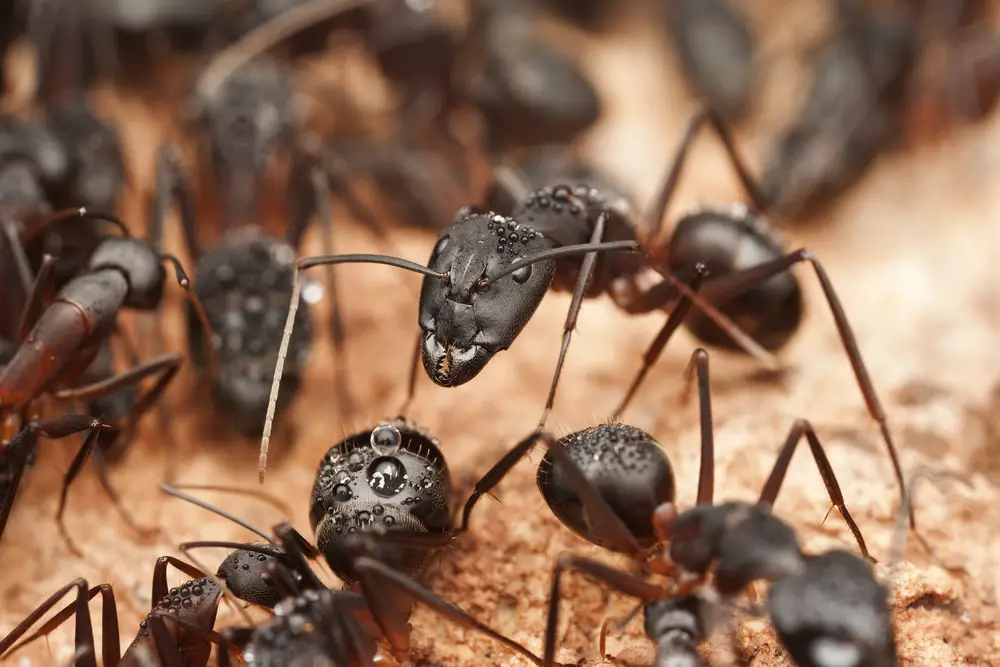
Carpenter ants are known for causing damage to wooden structures. Unlike termites, they don’t eat wood but hollow it out to build their nests. This can lead to structural issues if not addressed. These ants are larger than most and often spotted foraging for food indoors.
To prevent carpenter ants from invading your home, seal cracks and crevices around doors and windows. Keep food sealed and clean up spills promptly to reduce attractants. If you suspect an infestation, professional pest control can assess and treat the problem. Removing decayed wood from around your home can also deter them. Remember, these ants can cause significant damage if left unchecked.
14. House Flies
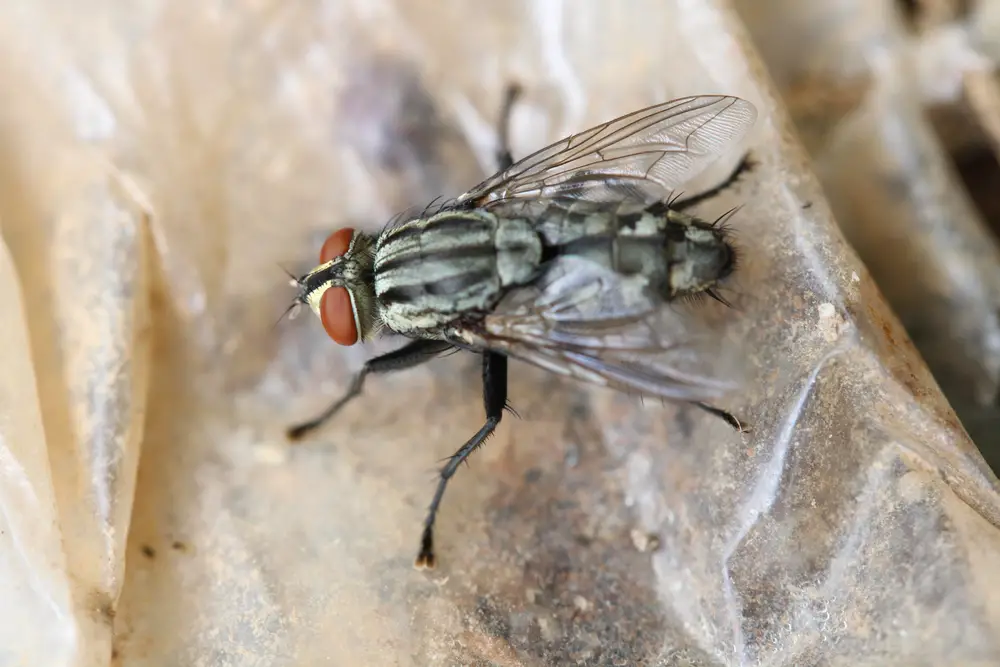
House flies are a common annoyance, buzzing around kitchens and outdoor meals. They are more than a nuisance; they can carry bacteria and spread diseases like Salmonella and E. coli. Flies are attracted to food, garbage, and animal waste, making them frequent visitors in the summer. Their rapid breeding can turn a few flies into a swarm in no time.
To keep flies at bay, maintain a clean environment by covering food and sealing trash. Installing screens on windows and doors can also help. If flies are particularly bothersome, consider using fly traps or insecticide sprays. Keeping the area around your home clean and free of pet waste can reduce their numbers. Remember, a proactive approach can help keep these pesky visitors at bay.

